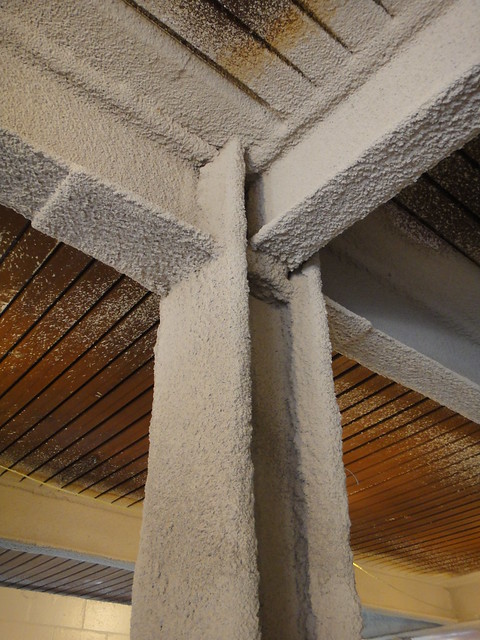Unveiling the Ultimate Heat Resistant and Insulating Material: Exploring Cutting-Edge Solutions

In the realm of materials science, the quest for the most heat resistant and insulating material has been a long-standing pursuit. From aerospace engineering to thermal insulation applications, the need for materials that can withstand extreme temperatures while providing excellent insulation properties is paramount. In this article, we delve into the world of advanced materials and unveil the latest innovations that push the boundaries of heat resistance and insulation.
- The Role of Heat Resistance and Insulation:
Before we explore the most heat resistant and insulating materials, it's crucial to understand their significance across various industries. Heat resistance ensures the structural integrity of components exposed to high temperatures, preventing deformation or failure. Simultaneously, insulation properties minimize heat transfer, conserving energy and maintaining optimal operating conditions. - Carbon Nanotubes: The Nanoscale Marvels:
At the forefront of heat resistance and insulation research are carbon nanotubes (CNTs). These cylindrical structures, composed of carbon atoms, possess remarkable thermal properties. With a thermal conductivity higher than any known material, CNTs excel at dissipating heat. Additionally, their unique structure allows for efficient phonon scattering, reducing thermal conductivity and enhancing insulation capabilities. - Aerogels: Ultralight and Super Insulating:
Aerogels, often referred to as frozen smoke, are another class of materials that exhibit exceptional heat resistance and insulation properties. Composed of a gel structure with a high percentage of air, aerogels possess an incredibly low thermal conductivity. This characteristic, combined with their lightweight nature, makes them ideal for applications where both insulation and weight reduction are critical, such as in aerospace and building insulation. - Ceramic Matrix Composites: Reinventing Heat Resistance:
Ceramic matrix composites (CMCs) have revolutionized the field of heat resistance. By combining ceramic fibers with a ceramic matrix, CMCs offer superior thermal stability and mechanical strength. These materials can withstand extreme temperatures, making them invaluable in industries like gas turbines, where high-temperature environments are prevalent. CMCs also exhibit excellent insulation properties, making them an attractive choice for thermal barrier coatings. - Graphene: The Versatile Wonder Material:
Graphene, a single layer of carbon atoms arranged in a two-dimensional lattice, has garnered significant attention for its exceptional properties. While graphene's thermal conductivity is exceptionally high, recent advancements have led to the development of graphene-based materials with enhanced insulation capabilities. By manipulating the structure and introducing defects, researchers have achieved materials with reduced thermal conductivity, making them promising candidates for heat-resistant and insulating applications.
Conclusion:
The pursuit of the most heat resistant and insulating material has driven researchers to explore cutting-edge solutions across various industries. From carbon nanotubes and aerogels to ceramic matrix composites and graphene-based materials, each offers unique properties that push the boundaries of heat resistance and insulation. As technology advances, these materials will continue to evolve, enabling breakthroughs in aerospace, energy, and other fields where extreme temperatures and efficient insulation are paramount.



